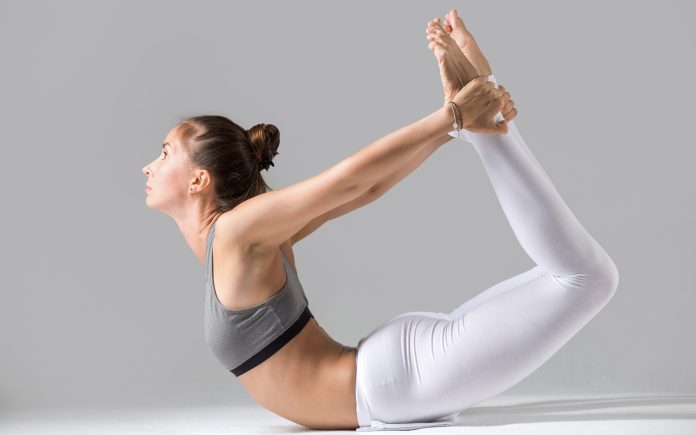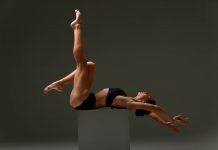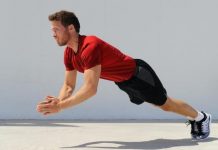What are the Benefits of Body Contouring?
Younger appearance
Smoother skin
More defined, well-shaped body parts
Symptomatic improvement
Less downtime
Produces very few or no side effects
Who needs Body Sculpting?
Body sculpting is performed for people who want to feel thinner or attain a specific body shape. It is often used when exercise and diet aren’t making any difference in their body shape. Surgical body sculpting procedures can help remove excess skin and improve loose, wrinkled, and saggy skin that develops with age in most body areas. Common areas include:-
Back
Arms
Neck and chin
Thighs
Belly
Flanks (love handles)
Buttocks
What are Types of Body Sculpting?
Body sculpting involves both surgical and non-surgical procedures. Surgical body sculpting includes:-
Liposuction: The procedure uses suction to remove fat from specific body areas such as the abdomen, buttocks, thighs, arms or neck. It includes the following procedures:-
Laser liposuction (uses a laser to remove fat from under the skin)
Tumescent liposuction (uses tumescent anaesthesia to remove subcutaneous fat from under the skin)
Power-assisted liposuction (uses a cannula with a vibrating tip to break down dense deposits of fat)
Ultrasonic-assisted liposuction (liquefies fat cells before their removal)
Lifts and tucks: These procedures remove extra skin and excess fat from areas where liposuction is inefficient. These surgeries include:-
Abdominoplasty (tummy tuck)
Brachioplasty (arm lift)
Breast rejuvenation (includes breast lift, augmentation, or reduction)
Circumferential body lift (belt procedure)
Buttock lift
Inner thigh lift
Panniculectomy (removal of a pannus or an apron that hangs down over the genitals and thighs)
Non-surgical body contouring treatment is called lipolysis. The methods of lipolysis include:-
Injection lipolysis (puts deoxycholic acid into the body to target fat cells)
Cryolipolysis (uses an extremely cold temperature to destroy fat cells)
Radiofrequency lipolysis (uses ultrasound waves and heat to target fat cells)
Laser lipolysis (uses a laser to destroy fat cells)
How is Body Sculpting Performed?
The following steps are undertaken during Surgical Body Sculpting:-
The doctor will make incisions in your skin based on the procedure:-
Facelift: An incision near the temple to the lower scalp. The doctor may also make an incision under the chin to iron out the wrinkles.
Breast lift: Incisions around the areola or in the space between the nipple and the breast crease.
Tummy tuck: An incision between the belly button and pubic hairline.
Arm lift: Incisions either on the back or in the inner portion of your arm.
Thigh lift: An incision extending from the groin towards the knee, along the inseam of the thigh.
Lower body lift: Incisions on the torso.
Next, the doctor will cut, shape, or reposition the tissue and excess fat to create your desired look.
Once the tissue is in place, he/she will trim the excess skin.
The excess fat will be suctioned out either by using liposuction alone or in combination with other procedures.
The doctor will close your incisions and apply bandages to the wound when the procedure is complete.
The procedure can last from about 45 minutes to several hours, depending on the procedure.
The following steps are undertaken during Non-Surgical Body Sculpting:-
The team will ask you to change into a hospital gown.
You will be positioned on a table or chair.
The doctor will mark the area to be treated with a pen or marker.
For injection lipolysis, he/she will inject a drug in the area you want to reduce the fat.
Depending on the procedure, your doctor will use a tool such as a wand or a paddle to deliver laser beams, ultrasound waves, cold or heat.
You may need additional treatment sessions to achieve the desired results.
One session typically takes about 30 to 60 minutes.
What Can You Expect Before the Body Sculpting?
Before the body sculpting procedure, you will have an appointment with a plastic surgeon.
The surgeon will inquire about your medical history, including your allergies and previous surgeries.
Inform him/her about your medications, including over-the-counter medications and vitamins.
The provider will examine the areas you wish to change.
He/she will perform a physical exam to determine if the treatment is fit for your physique and weight.
The doctor will advise you for a pre-anaesthetic checkup.
He/she will discuss your options and make treatment recommendations.
The healthcare team will ask you to stop smoking before the procedure.
You will also be asked to stop taking certain medications like aspirin, herbal supplements, and non-steroidal anti-inflammatory drugs.
You need to stop eating or drinking two hours before the procedure.
The doctor will explain the procedure, discuss the risks, and inform the estimated cost and the insurance formalities.
What Can You Expect on the Day of Body Sculpting?
You will sign a consent form giving your permission for the procedure.
You will be asked to remove any lotion from your skin before the procedure.
The team will ask you to change into a hospital gown.
Someone from the nursing staff will shave the area to be treated.
An anaesthesiologist will monitor your vitals.
The doctor will mark the areas of treatment with a marker or pen.
He/she will record your last meal.
What Can You Expect During Body Sculpting?
The team will position you on a surgical table to perform safety checks with anaesthesia and nursing staff.
Based on the procedure, the anaesthesiologist will administer local or general anaesthesia.
Someone from the team will clean the skin at the surgical site.
The anaesthesiologist will monitor your vitals throughout the procedure.
The doctor will make incisions in the area to be treated.
Finally, he/she will perform the procedure, close the incisions, and apply bandages.
What is Recovery and Post Op. Care after Body Sculpting?
After the surgery, you will be allowed to go home the same day or may require one overnight stay.
What are Risks and Complications of Body Sculpting?
Like any other surgery, surgical body sculpting comes with certain risks, although uncommon. These risks include:-
Bleeding or blood clots
Complications of anaesthesia
Asymmetry
Hair loss near the incisions
Infection
Nerves, blood vessels, organs, or muscles damage
Hematoma (collection of blood outside blood vessels)
Incisions unable to heal properly
Unexpected pain or swelling
Weakness or numbness resulting from nerve injury
Heart or lungs problems
Skin irregularities and discolouration
Scarring of the skin
Results different from expectation, which may require another surgery
Some Risks of non-surgical treatment include:-
Swelling
Rash
Red skin
Soreness or pain
Unsatisfactory results
Call your healthcare professional if you experience:-
Drainage or bleeding from the incision site
Redness or swelling at the incision site
Fever higher than 100.5℉
Dizziness
Chest pain
Nausea or vomiting
Pain that does not improve with medication
































